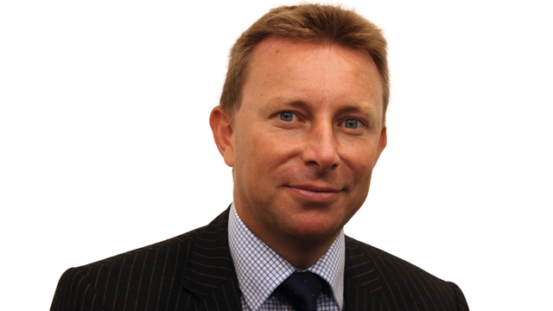Andrew Paisley, Aberdeen Standard Investments
The MSCI Europe Small Cap Index has outperformed its large cap counterpart on a one-, three-, five- and 10-year basis, according to data from FE Analytics.
Cumulative performance (as of end 10 September 2018)
|
1 year |
3 years | 5 years |
10 years |
|
| MSCI Europe Small Cap |
4.07% |
33.26% | 54.71% |
144.85% |
| MSCI Europe Large Cap |
-1.19% |
17.92% | 20.03% |
48.18% |
Source: FE Analytics
However, small caps come with specific risks. They tend to be more volatile than large cap counterparts, at least in the short-term.
Additionally, governance needs to be monitored more closely with small caps, which tend to be under-researched and under-the-radar of watchdogs and the media compared to larger companies. The fast growth that is characteristic of small companies also carries risk — it could gloss over poor managerial decisions.
Paisley, who manages the firm’s European Smaller Companies Fund, said he looks at the track record of a company’s management team for any red flags involving corporate governance.
In terms of internal dynamics, he looks for a healthy working relationship between the CEO and the finance director.
“In small caps, often, the CEO will have an entrepreneurial character. He is the visionary and will have flare and drive. So it’s important to have a finance director who is able to stand up to that personality and say ‘we are not doing this because it is not right for the finances of the business.’”
He has a preference for small companies with management teams that have some equity ownership.
Examples are “mittelstands”, which are small-to-medium sized companies in Germany. Typically, they have been set up by one or two individuals who remain major shareholders while managing the business, he said.
Paisley has also argued that risk-adjusted returns on average for smaller companies have historically been better than large caps.
Avoiding biotech
Paisley’s fund is comprised of companies with market capitalisation of €200m-€6bn ($232m-$6.97bn). The UK, which is struggling to hammer out a Brexit deal with Europe, gets the highest country allocation (29.3%).
Among small caps, he said he would avoid speculative businesses or early-stage companies that have great promise but have not yet gained approval from relevant regulators to sell their products.
“For example, in biotech, a company has great potential to develop a new drug, but it hasn’t had approval yet, so the business is not yet profitable. Those are not the right risk profile for us.”
Paisley prefers “high quality” companies with earnings momentum. He defines high quality as companies with strong balance sheets that have satisfactory return-on-equity, which he measures against the performance of the fund’s benchmark, the FTSE Small Cap Developed Europe.
The fund makes use of an in-house quant tool that helps screen a universe of around 1,000 stocks to focus on the top 200 opportunities.
The tool is divided into five groups: price momentum, earnings momentum, value, growth and quality. Each company is given a total score, of which price and earnings account for about 60%.
Companies are usually held for 3-5 years, he said. Portfolio turnover last year was 14%, which Paisley said is close to a holding period of 10 years.
“It is like a semi-private equity type approach, in which we try to find the right businesses and hold them for long time periods.”
Another European small-cap manager, Geneva-based Quaero Capital, shares the long-term perspective when investing in the asset class.
Paisley said the fund’s mandate allows up to 10% of a single holding, but he goes to a maximum of 5%.
“No matter how well you think you know the business or how strong the business case is, there is always something that can happen and a 10% holding can be extremely damaging.”
The Aberdeen Standard European Smaller Companies Fund versus its reference benchmark.


















